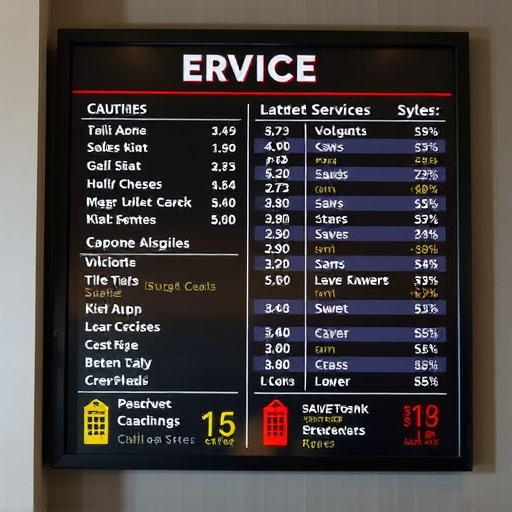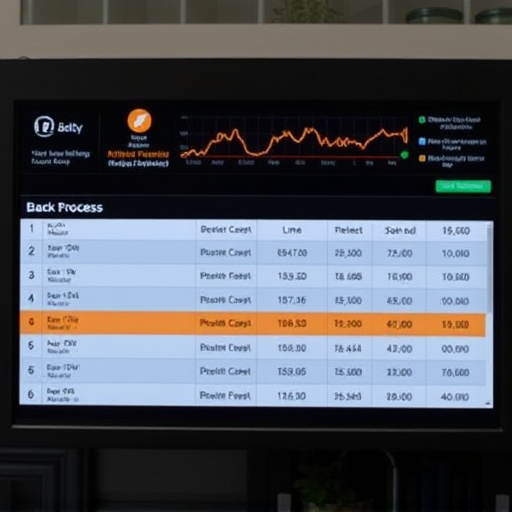A DIY air intake installation guide is crucial for car enthusiasts to manage time expectations and ensure a successful project. While 2-4 hours is typical for basic systems, complex setups can take up to 8 hours. Factors like installer experience, vehicle complexity, and tool availability significantly impact timelines. Optimizing your schedule by gathering tools, creating a detailed plan with allocated time slots, and regularly reviewing progress helps enhance efficiency and avoid delays.
“Unleash your car’s performance with a DIY air intake installation! This comprehensive guide breaks down the essential steps and time requirements for successful completion. From understanding the intricacies of your vehicle’s system to optimizing your schedule, we equip you with the knowledge to tackle this project effectively.
Explore the factors that can impact estimation accuracy and discover practical tips to ensure efficient installation, making your DIY air intake a breeze.”
- Understanding Time Requirements for DIY Air Intake Installation
- Factors Influencing Estimation Accuracy
- Optimizing Your Schedule: Tips for Efficient Installation
Understanding Time Requirements for DIY Air Intake Installation

Understanding the time requirements for a DIY air intake installation is crucial for any car enthusiast planning this modification. The process can vary significantly depending on several factors, such as your mechanical expertise, the specific make and model of your vehicle, and whether you’re upgrading to a cold air intake or a more complex system. On average, completing a basic DIY air intake installation might take anywhere from 2 to 4 hours. This includes disassembling the existing intake, preparing the new components, and reassembling everything properly.
However, for more advanced systems or vehicles with unique configurations, the process could extend to 6 or even 8 hours. It’s essential to follow a detailed DIY air intake installation guide tailored to your vehicle for a successful and time-efficient modification. This will ensure you have all the necessary tools, understand each step clearly, and can make adjustments as needed without unnecessary delays.
Factors Influencing Estimation Accuracy

Estimating the time required for tasks, especially complex ones like a DIY air intake installation guide, isn’t an exact science. Several factors significantly influence the accuracy of your estimates. Firstly, consider the familiarity of the installer with the specific vehicle make and model. A seasoned mechanic will likely finish the job faster than a novice. Secondly, the complexity of the installation process plays a crucial role. Unique vehicle designs and intricate air intake systems can extend the time needed, whereas straightforward replacements might be quicker.
Additionally, gathering the necessary tools and supplies in advance can streamline the process, while unexpected delays caused by missing components or tool issues could impact the estimated timeline. Understanding these variables allows for more realistic expectations during a DIY air intake installation guide, ensuring a smoother experience for the enthusiast mechanic.
Optimizing Your Schedule: Tips for Efficient Installation

Optimizing your schedule for a DIY air intake installation can significantly enhance efficiency and ensure a smooth process. Start by gathering all necessary tools and parts, ensuring they are compatible with your vehicle’s make and model. Creating a step-by-step plan based on a detailed DIY air intake installation guide is crucial. This allows you to allocate dedicated time slots for each task, minimizing unexpected delays.
Prioritize tasks that require the most complex or time-consuming procedures. Consider setting aside longer periods for challenging aspects of the installation, such as mounting the intake manifold or connecting the air filter. Regularly review your progress against the planned schedule to identify any potential bottlenecks early on. This proactive approach enables you to make adjustments, ensuring a timely and successful DIY air intake project.
When tackling a DIY air intake installation, understanding time requirements is key. By considering the factors discussed in this guide—from vehicle specifics to personal skill level—you can make more accurate estimates. Optimizing your schedule by preparing ahead, gathering necessary tools, and following efficient installation tips will ensure the job gets done smoothly, allowing you to enjoy an enhanced performance from your vehicle without unnecessary delays. Remember, a well-planned DIY air intake installation is not just about saving costs; it’s also about gaining control over your vehicle’s potential.














